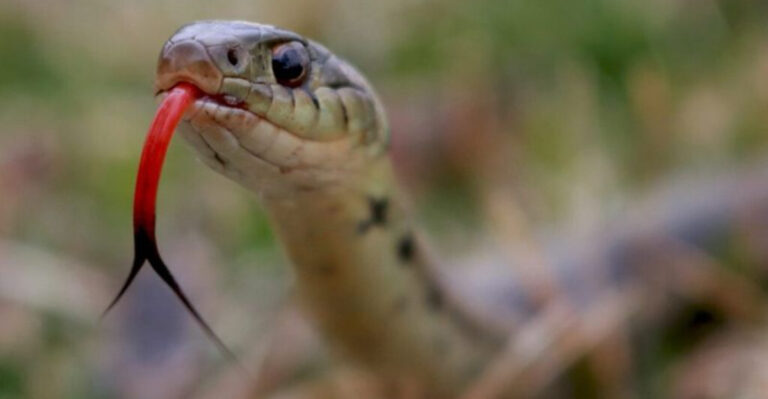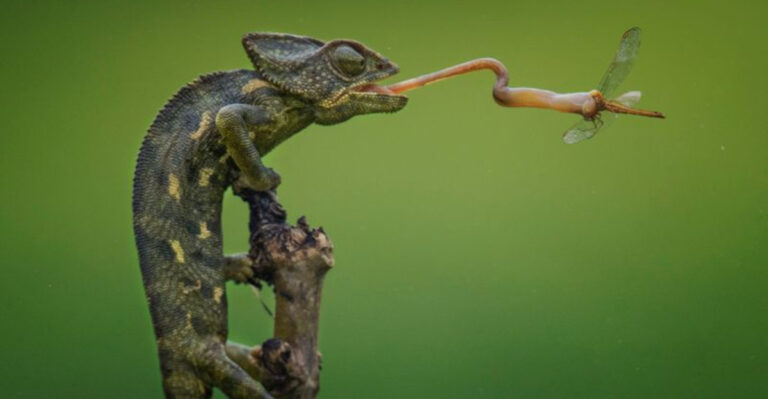The 14 Deadliest Snakes Of Texas
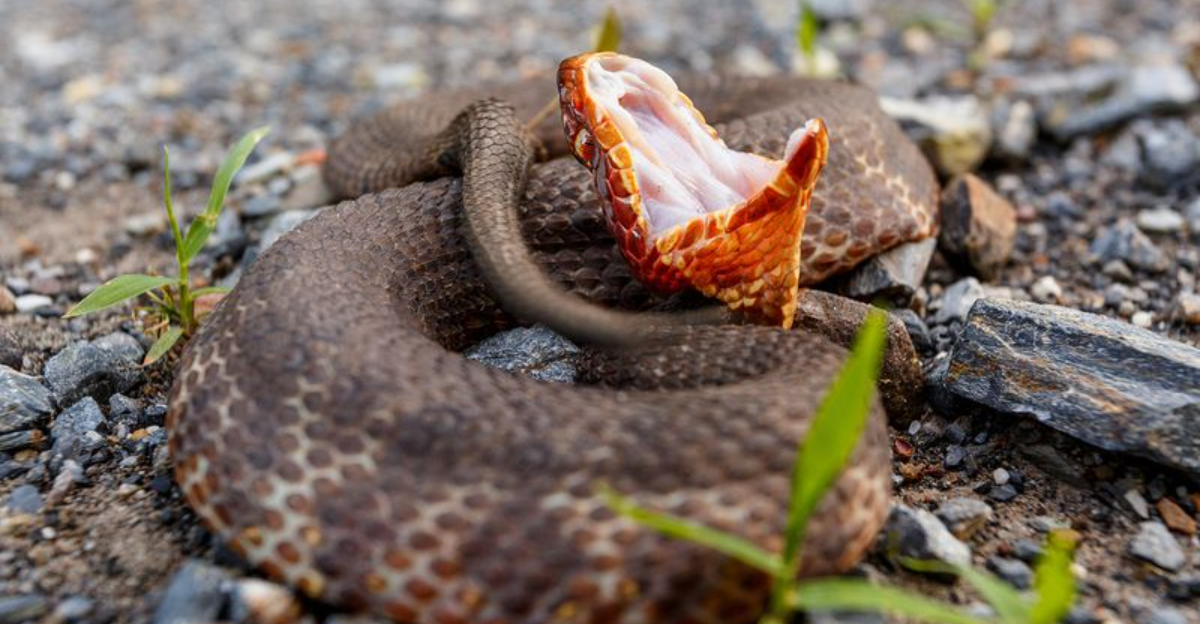
Texas is home to some of the most dangerous serpents in North America. From dusty deserts to lush forests, these venomous reptiles lurk in various habitats across the Lone Star State.
Whether you’re hiking, camping, or just enjoying your backyard, knowing which snakes pose a serious threat could save your life.
1. Western Diamondback Rattlesnake
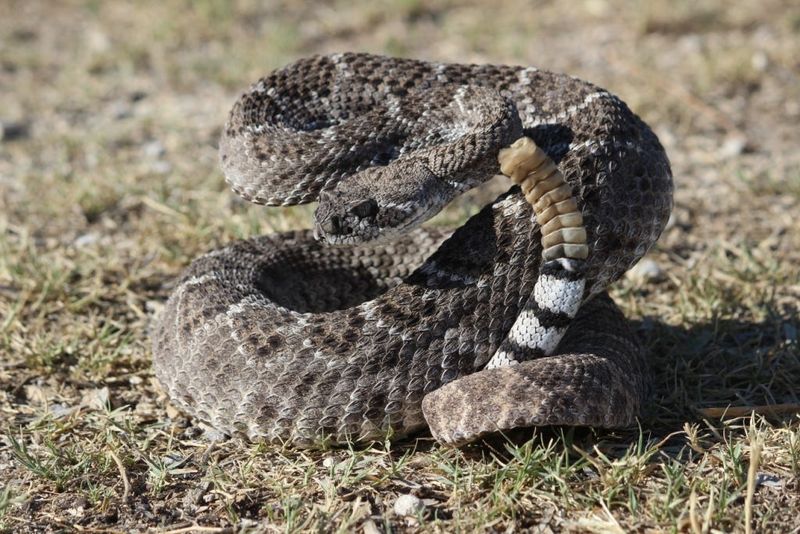
Responsible for more snake bite deaths than any other species in Texas. These aggressive rattlers can strike at half their body length and deliver enough venom to kill several adults.
They’re identified by distinctive diamond patterns and the infamous rattle that serves as a warning. Found in rocky areas and brush country, they grow up to 7 feet long.
2. Timber Rattlesnake
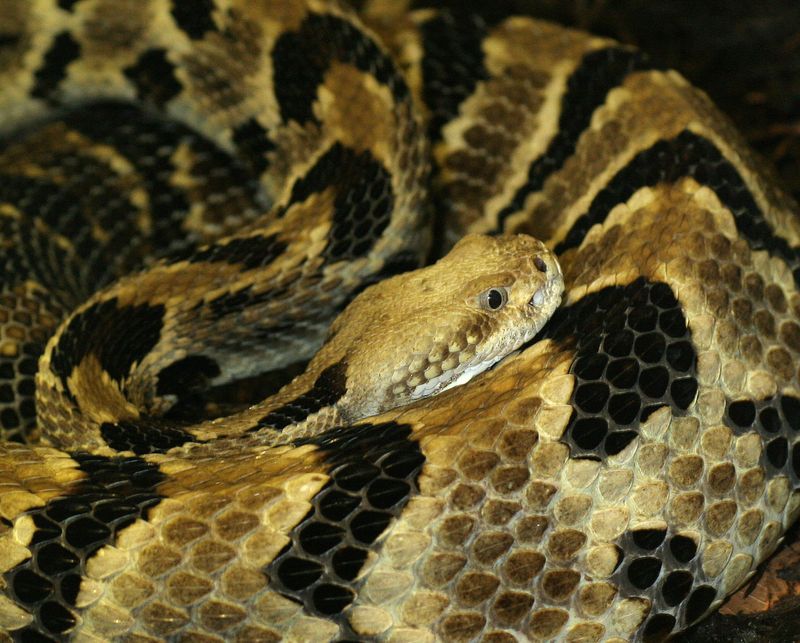
Also known as the Canebrake, these forest-dwelling serpents pack a lethal cocktail of hemotoxins and neurotoxins. Their venom destroys tissue and disrupts the nervous system simultaneously. Dark chevron-shaped bands cross their yellowish or grayish bodies.
Unlike some rattlers, they’re generally calm until provoked, making accidental encounters particularly dangerous.
3. Cottonmouth (Water Moccasin)
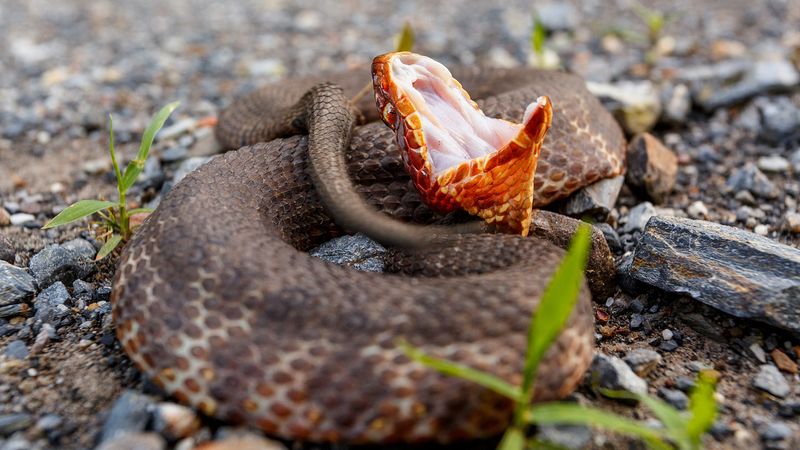
Fear ripples through swimmers when this aquatic assassin appears. Named for the white lining inside its mouth displayed when threatened, cottonmouths don’t just bite – they hold on, pumping venom continuously.
Dark-bodied with faint crossbands, they hang around lakes, rivers, and swamps. Unlike harmless water snakes, they swim with their entire body visible on the water’s surface.
4. Copperhead

Masters of camouflage with hourglass-shaped copper bands that blend perfectly with fallen leaves. Though their venom isn’t typically lethal to adults, their bites cause extreme pain, tissue damage, and can be dangerous to children or elderly people.
Backyard encounters are common as these snakes thrive in suburban areas. They rarely rattle or give warning before striking.
5. Mojave Rattlesnake
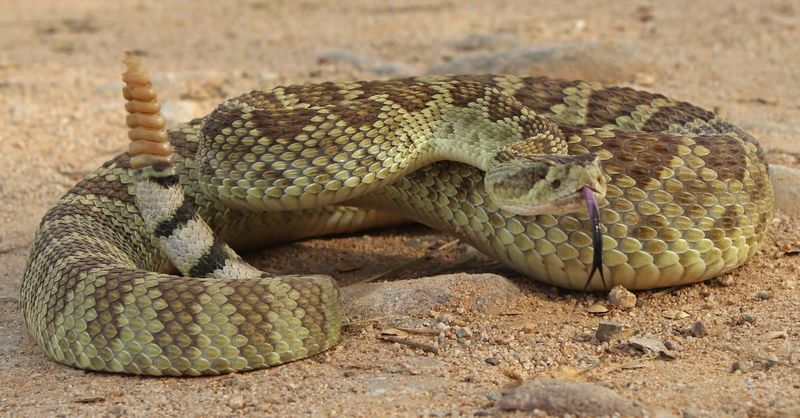
Silent killers of West Texas, Mojave rattlesnakes possess one of the most potent venoms of any North American snake. Their neurotoxic venom attacks the nervous system, potentially causing respiratory failure.
Often confused with the Western Diamondback, they have slightly greener coloration and smaller rattles. Medical intervention must happen quickly after a bite, as symptoms can worsen rapidly hours later.
6. Prairie Rattlesnake
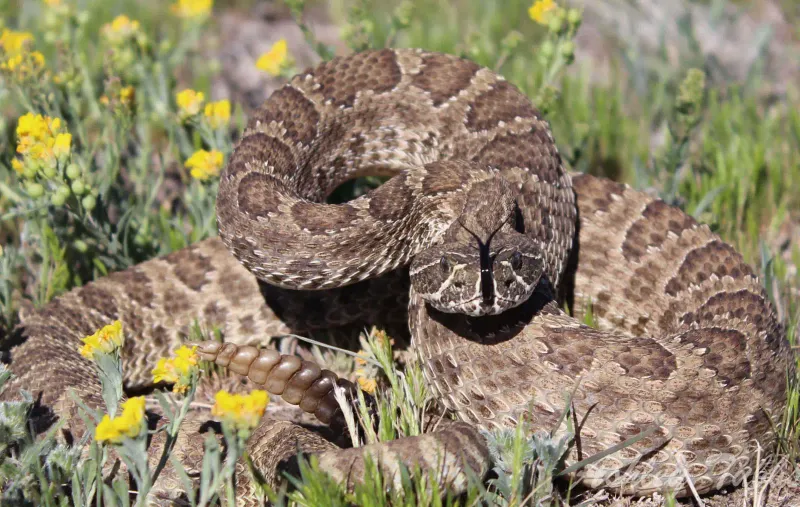
Lightning-fast strikes characterize these prairie dwellers. Their long fangs deliver venom deep into flesh, causing immediate burning pain followed by swelling and discoloration.
Preferring grasslands and prairies in the Texas Panhandle, they hunt rodents using heat-sensing pits. Though smaller than some rattlers, growing to about 3-4 feet, their aggressive temperament makes them particularly dangerous.
7. Coral Snake
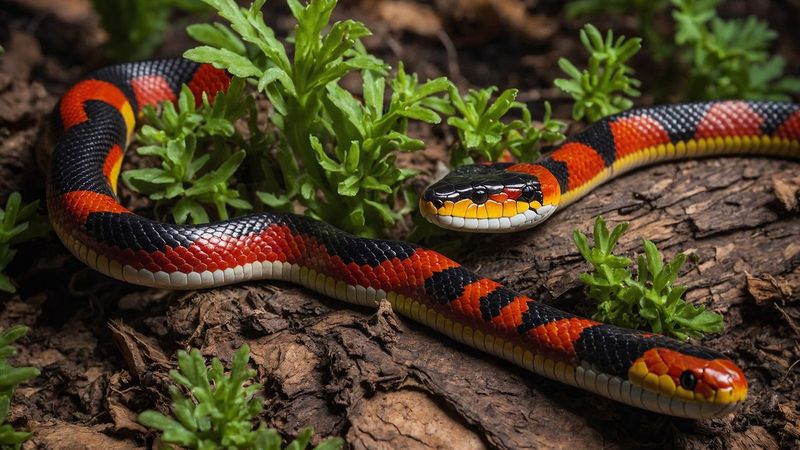
Candy-colored but deadly, these beautiful snakes follow the warning rhyme: “Red touches yellow, kills a fellow.” Their neurotoxic venom is second only to sea snakes in potency.
Unlike pit vipers, coral snakes have small mouths and must chew to deliver venom. They’re shy and rarely bite humans, but when they do, there’s little pain initially – making victims dangerously unaware of the severity.
8. Broad-banded Copperhead

Ambush predators extraordinaire, these copperheads lie motionless for hours waiting for prey. Their wide copper bands are broader than northern copperheads, making identification easier.
Common in central and eastern Texas, they thrive in suburban areas around woodpiles and garden edges. Though rarely fatal, their bites cause intense tissue damage that can lead to permanent disability if not treated properly.
9. Western Massasauga

Small but formidable, these pygmy rattlesnakes pack serious venom into a compact package. Growing only to about 2 feet long, their size makes them easy to overlook in grassy areas.
Distinguished by large dark blotches on a gray background and a small rattle that sounds like buzzing insects. They inhabit prairies and marshlands across northern and western Texas, often active during cooler evening hours.
10. Desert Massasauga
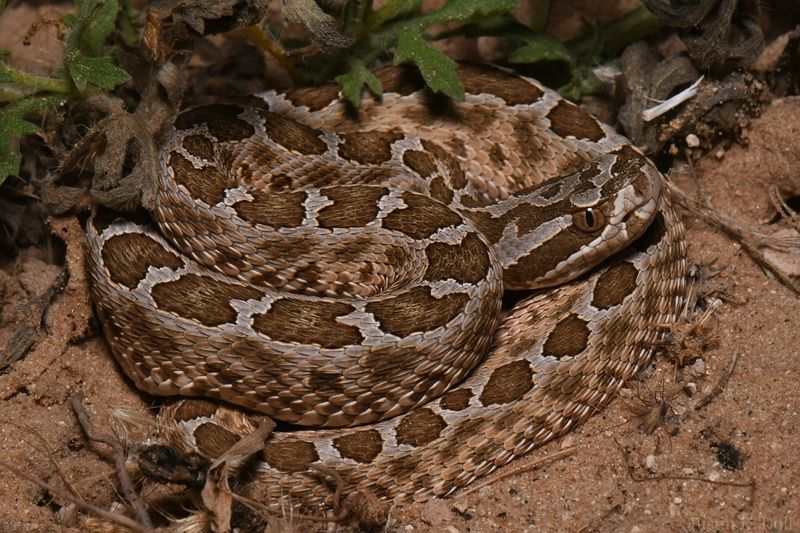
Adapted to arid environments, these diminutive rattlers survive where few others can. Their heat-sensing pits are extraordinarily sensitive, detecting temperature changes as small as 0.003°C.
Lighter in color than their western cousins, they blend perfectly with sandy soils. Most active at night in west Texas deserts, they retreat underground during scorching daytime temperatures. Their venom causes severe localized tissue damage.
11. Rock Rattlesnake
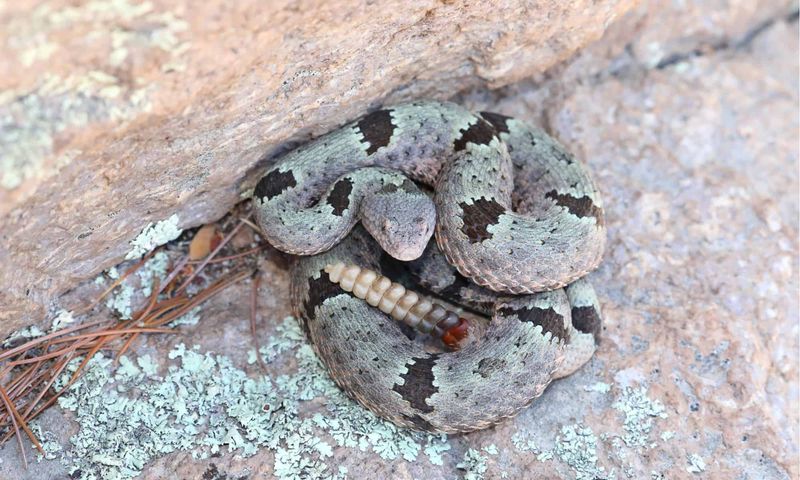
Perfectly camouflaged against limestone and granite, these mountain-dwelling vipers are nearly invisible until they move. Their coloration varies dramatically based on local rock types – from slate gray to pinkish or blue-tinged.
Found in rocky canyons and slopes of western Texas, they’re relatively small but possess potent hemotoxic venom. Their ability to vanish against rock backgrounds makes them particularly dangerous to hikers and climbers.
12. Mottled Rock Rattlesnake
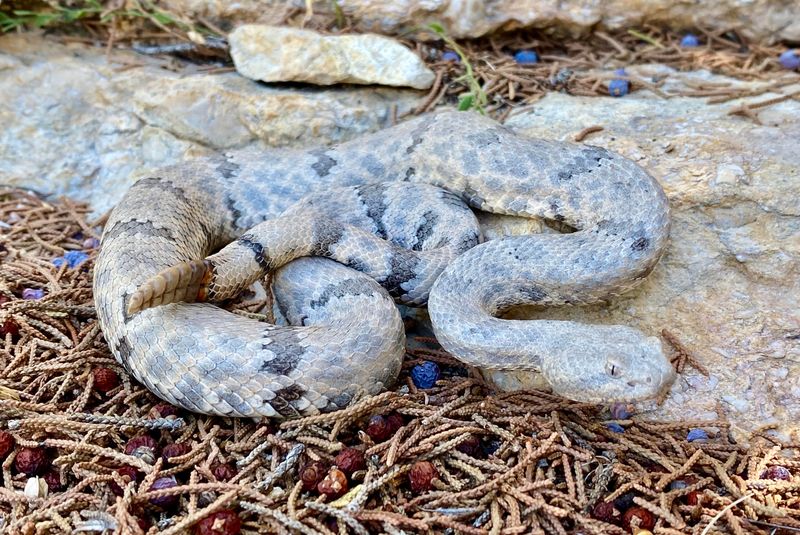
Gray ghosts of the Trans-Pecos region, these specialized rattlers have evolved unique coloration that mirrors the exact shade of local rocks.
No two populations look identical – each adapts to its specific habitat. Smaller than many rattlesnakes at 2-3 feet, they prefer high elevation rocky habitats. Their venom causes severe hemorrhaging and tissue destruction, with bites often occurring when climbers place hands on unseen ledges.
13. Blacktail Rattlesnake
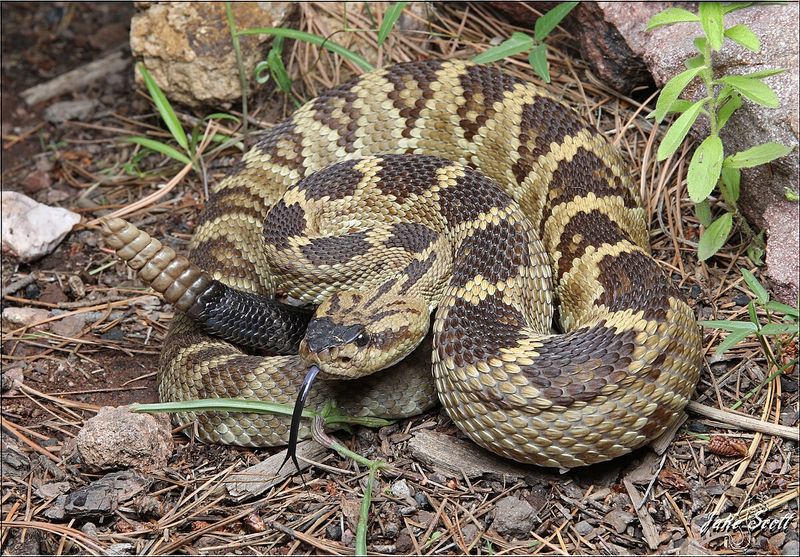
Named for their distinctive solid black tail segment above the rattle, these snakes are among the most beautiful yet deadly Texas serpents. Their yellowish body with dark crossbands creates a striking appearance.
Mountain dwellers of western Texas, they’re active hunters rather than ambush predators. Though less aggressive than diamondbacks, their potent venom and large size (up to 5 feet) make encounters potentially lethal.
14. Texas Coral Snake

Nocturnal specialists with some of the most potent venom in North America. Unlike their eastern cousins, Texas coral snakes have slightly different band patterns and behavioral traits adapted to drier environments. Extremely reclusive, they spend most time underground or hidden in leaf litter.
Their small fangs require a chewing motion to envenomate, but once delivered, their neurotoxin can cause respiratory paralysis within hours if untreated.



